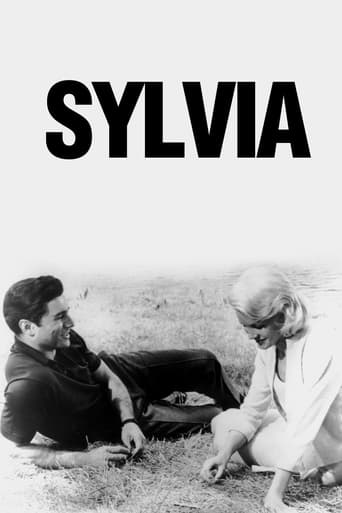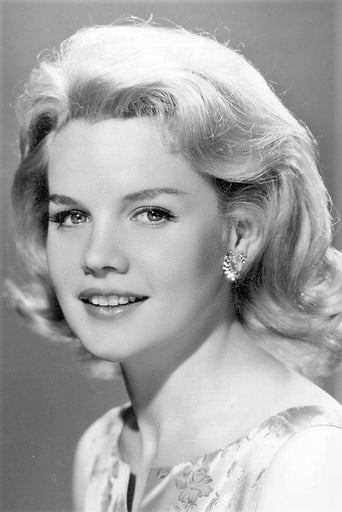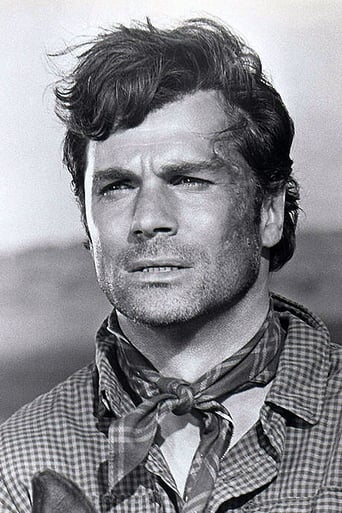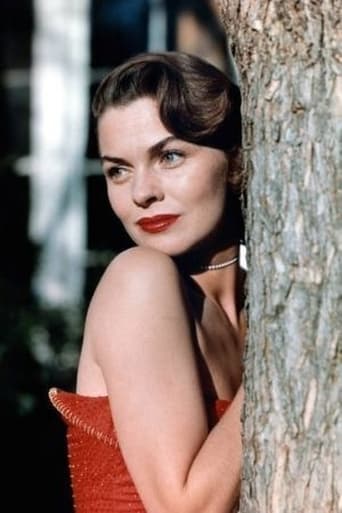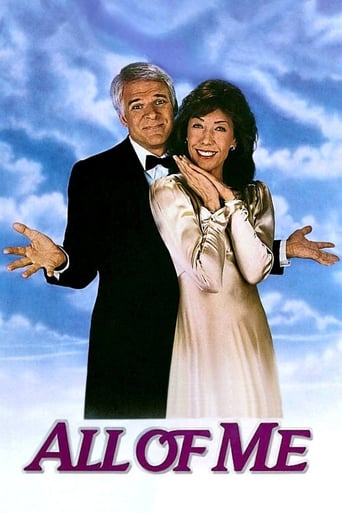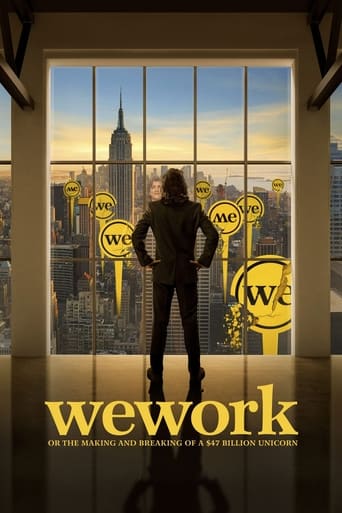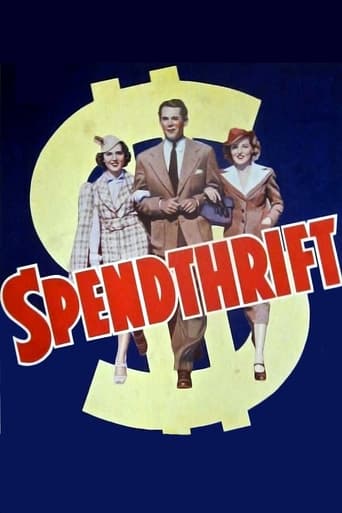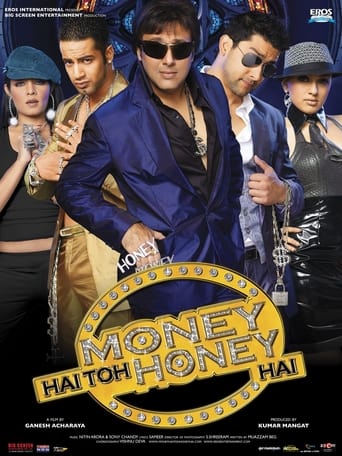Sylvia (1965)
Sylvia West (Carroll Baker) may not be who she says she is. Her fiancé, the very well-to-do Frederick Summers (Peter Lawford), hires an investigator named Alan Maklin (George Maharis) to do some digging, and what he finds out about her life prior to becoming a writer is quite shocking. Will the newfound knowledge ruin the marriage? Gordon Douglas (Young at Heart) directs this drama, which is based on E.V. Cunningham's book.
Watch Trailer
Cast


Similar titles
Reviews
Filmmakers sure tried to make George Maharis into a star during the mid-1960s. "The Satan Bug", with its beautiful photography, great plot, and good cast didn't do it; "Quick, Before It Melts", with its comedy angle and dopey story didn't do it; and "Sylvia" didn't do it, either."Sylvia" starts out as rich guy Frederic Summers (Peter Lawford) hires iconoclastic P.I. Alan Macklin (Maharis) to investigate beautiful, young Sylvia (Carroll Baker). The story takes Macklin from one intriguing situation to another, as he tries to decipher the life of the woman known as Sylvia. Naturally enough, Macklin falls in love with Sylvia at the end of the film. Baker is so beautiful that I probably would have done the same thing.Maharis and Baker look good, but the real strength of "Sylvia" is the veteran supporting cast. Viveca Lindfors, Edmond O'Brien, Joanne Dru, Ann Southern, Lloyd Bochner, Nancy Kovack, and Aldo Ray appear as characters Maharis meets during his investigation. The B&W cinematography is good and captures the mid-1960s quite nicely.You're not going to sing the praises of "Sylvia" to the heavens, but it's certainly worth watching. The strong supporting cast adds lots of substance to the story and helps maintain interest in Macklin's investigation. After this film, movie makers quit trying to make Maharis into a major star, letting him return to TV and character roles. Still, it was a very interesting experiment.
Private eye George Maharis is hired by wealthy Peter Lawford to find out all he can about future wife Carroll Baker (a poetess with a very mystery bio). Maharis finds a slew of lurid details about Baker ranging from rape to prostitution to blackmail. Director Gordon Douglas and scriptwriter Sydney Boehm have Baker climb from a Dante's Inferno of nightmares before achieving respectability. Maharis encounters one loony character after another. There's blowzy Ann Sothern, sassy showgirl Nancy Kovack, sleazy Edmond O'Brien, and ex-prostitute Joanne Dru. Also in the mix is saintly librarian Vivica Lindfors and not so saintly transvestite pimp Paul Gilbert (as Lola Diamond). It's all fairly silly as opposed to compelling with Maharis making a dull leading man. Baker does not have the carriage to be particularly convincing as a poetess! There is a great music score by David Raskin and stellar cinematography by Joseph Ruttenberg. Aldo Ray, Val Avery (as one of Baker's unlucky johns) and Lloyd Bochner (as a very brutal john) are in it too.
E.V. Cunningham's book becomes a glossy potboiler typical of its era, with George Maharis well-cast as an L.A. detective assigned by millionaire Peter Lawford to uncover the life-secrets of Lawford's enigmatic fiancée, poetess and ace gardener Carroll Baker. As Maharis probes the lengthy case, each "witness" reveals a portion of the girl's sordid past in an episodic format--with the ethics involved in such an unmasking (as well as a growing love for his subject) overtaking the private eye just before his report is due. Will he turn the girl's secrets over, or will he attempt to woo her himself? Gordon Douglas directs the film in a hopelessly square, old-fashioned style; even with its adult overtures, the picture still looks like a rerun of TV's "Burke's Law". However, Maharis, dark and muscular, connects with the audience simply by keeping a cool head and a civil tongue (he rises far above the material), and Baker is also fine, although her jaded, non-musical voice puts a wall up between her and the viewer. Supporting players come and go in "guest" spots, with Ann Southern standing out as a trampy lush and Viveca Lindfors puzzling--yet startlingly so--as a librarian (she seems to have had a crush on Sylvia--but also flirts with Maharis!). Douglas manages to steer the picture away from camp, though there is a drag queen "madame" in attendance and a ridiculous scene wherein Baker fights back kinky customer Lloyd Bochner (he pays her off to keep quiet, yet she emerges with only a cut on her cheek). David Raksin's score is cheaply extravagant, much like the film, and there are some intriguing and enjoyable moments, though it overstays its welcome. **1/2 from ****
The filmic trope of presenting a mystery woman to the viewer through the recollections of her friends and lovers has a long history. Perhaps "Laura" is the most famous. A much lesser-known one is the British "Woman in Question." "Sylvia" is in that tradition: a wealthy man wants to find out about the background of his fiancée, Sylvia, so hires a private detective to investigate. As the P.I. encounters people from Sylvia's past, the stories that they tell him are the flashback elements of the film. There's a very touching episode with Viveca Lindfors, as well as one with Ann Sothern. While the film is somewhat desultory in its pacing, it's got some great folks-Edmund O'Brien, Joanne Dru, etc.--and a suitably disengaged performance from Carroll Baker in the title role. It actually works well for the character, who throughout a series of tawdry experiences has kept a part of herself removed and untouched. We also get to see a well-toned George Maharis with his pajama top off--another reason to catch the film if it ever shows up.David Raksin, who composed the score for "Laura," some twenty years earlier, provides a nice score for "Sylvia" (note the use of the waltz from William Wyler's "Carrie"--also a Paramount film-- in the scene at the restaurant with Sothern and Maharis).

